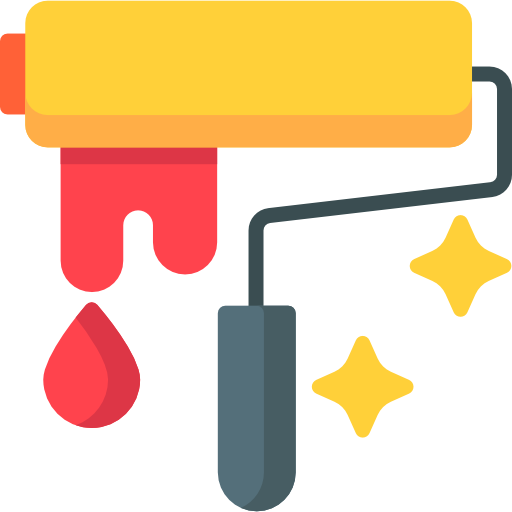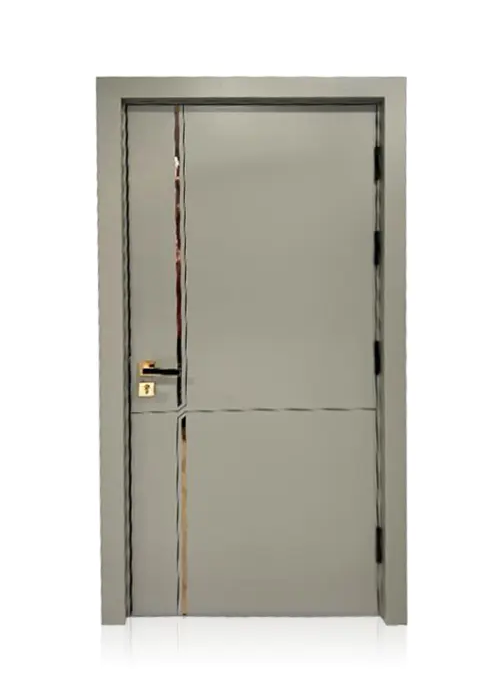Where Is The Best Place To Store A Knot Untying Tool Between Uses

When routine care is done right, a Pet Knot Untying Comb stays reliable longer and makes every grooming session smoother. Regular maintenance protects the tool from wear, keeps teeth aligned for predictable performance, and reduces the chance of snagging or catching hair. The following guide walks through cleaning, inspection, gentle repair approaches, and storage practices that extend the life of this kind of grooming tool.
Start with a simple habit: clear hair after each use. Removed fur clusters between teeth trap moisture and dirt, and they tend to compact into a mat that reduces comb effectiveness. Use a narrow pincer action or a small brush to extract the lodged fibers. For combs that have removable teeth or detachable parts, follow manufacturer guidance to disassemble only as intended and remove trapped material before reassembling. Keeping the tool hair free after every session preserves the original gap between teeth and prevents bending from accumulated loads.
Routine washing comes next. Depending on materials, a warm water rinse with mild soap works well to remove oils, residue from grooming products, and any dirt or debris. If the comb contains metal components, dry it thoroughly after washing to limit corrosion. Some tools combine plastic body elements with stainless steel teeth to balance durability with light weight; in such cases, hand wash and prompt drying preserve both structural integrity and finish. Many manufacturers describe using gentle cleansing and thorough drying to sustain performance.
Inspect teeth and joints regularly for signs of wear. Tiny bends or dulling at tooth tips reduce the tool's ability to separate fibers cleanly and may increase pulling on hair. If you detect a bent tooth, assess whether it can be aligned gently without stressing the adjacent structure. Use soft pliers and wrap the tooth in a thin protective cloth before bending to avoid scratching or weakening the metal. If you are unsure about making an adjustment, it is safer to replace the tool than to risk metal fatigue that could cause a sudden break in use.
Avoid abrasive cleaners and harsh chemicals. Strong solvents can degrade plastics and remove protective coatings from metal parts, making rust more likely and reducing flexibility. Instead, rely on pet safe detergents and occasional disinfectant wipes compatible with the materials used in the tool's construction. When disinfecting for multiple pet households or professional settings, follow dilution guidance from the disinfectant manufacturer and rinse products thoroughly to remove residues that could transfer to skin or coat during grooming.
Sharpening is rarely required for a knot untying comb because teeth are often designed to separate rather than cut. If a tool includes cutting components or if edges become rough, do not attempt aggressive sharpening at home unless you have the right small files and experience. Improper sharpening changes the tooth geometry and can create microscopic burrs that snag hair. For tools with dedicated cutting elements, consider professional servicing or follow the maker's instructions about safe edge maintenance to preserve the intended action of the tool.
Protect moving parts and joints with light lubrication when appropriate. Some comb models with rotating heads or foldable sections benefit from a drop of machine oil applied sparingly and wiped clean after a moment. Be cautious: excess oil attracts dirt and creates buildup that negates the benefit. Use the minimal amount necessary to restore smooth motion and remove any excess to keep surfaces clean.
Storage matters as much as cleaning. Store the comb in a dry place away from direct sunlight and away from extreme heat sources. A rigid case prevents teeth from bending if the tool is jostled in a drawer or grooming kit. For multi tool kits, separate items with protective sleeves to avoid teeth catching on adjacent objects. For travel, a compact protective box ensures the comb remains aligned and prevents accidental pokes while in a bag.
When working with multiple animals, label combs or color code handles to avoid cross contamination. Routine disinfection between animals keeps skin issues from transferring. In a salon environment, maintain a log for each tool that records cleaning and inspection dates so you can track wear patterns and retire tools before they become a hazard.
Consider when replacement is the better option. If corrosion has advanced to visible pitting, if multiple teeth are bent beyond easy realignment, or if the handle has cracks that affect control, retire the comb. Continuing to use a compromised tool increases the chance of hair breakage or accidental scraping against skin. Manufacturers often publish recommended service life guidance; if available consult that information and plan replacements so the grooming routine is never interrupted by a faulty tool.
For owners who prefer natural cleaning aids, a mixture of warm water and a small amount of mild soap followed by a rinse and a dry with a clean towel works well. For disinfection, a properly diluted household disinfectant or an alcohol wipe can be used sparingly, but ensure full drying before the next grooming session to prevent skin irritation. Store the cleaned item in a breathable pouch if a rigid case is not available; this prevents moisture entrapment while keeping dust off the teeth.
Some simple practical tricks make regular maintenance easier. Keep a small cleaning kit near the grooming space that includes a fine brush, a microfiber cloth, a small file or pliers wrapped in cloth for minor adjustments, and a labeled storage box. After each session, spend a minute extracting hair and wiping the handle. Performing these short steps consistently prevents the need for deeper restorative work later.
When you buy a new tool, review the maker's care suggestions and warranty conditions. Some manufacturers note specific cleaning agents to avoid or recommend periodic checks to retain warranty coverage. In commercial settings follow the stricter hygiene protocols applicable to businesses and consider scheduling a periodic tool audit to replace older units proactively.
In the event of a sudden tool failure during use, stop and secure the pet. Avoid improvising repairs on a live animal; remove the tool, soothe the animal, and examine for minor fixes off the grooming surface. If a part has detached or a tooth has torn, do not resume use until the item is replaced or professionally repaired. Safety for the animal and the handler takes priority over finishing the session.
Regular care reduces surprise failures, preserves tooth alignment, and helps ensure the comb's action remains gentle on fur and skin. These maintenance habits protect your routine groom time from becoming an exercise in damage control and keep both the tool and your pet in comfortable condition.
For practical notes about tool materials and suggested maintenance approaches consult this manufacturer guidance: https://www.tallfly.net/news/pet-knot-untying-combs-choosing-using-and-caring-for-your-grooming-tool.html .






